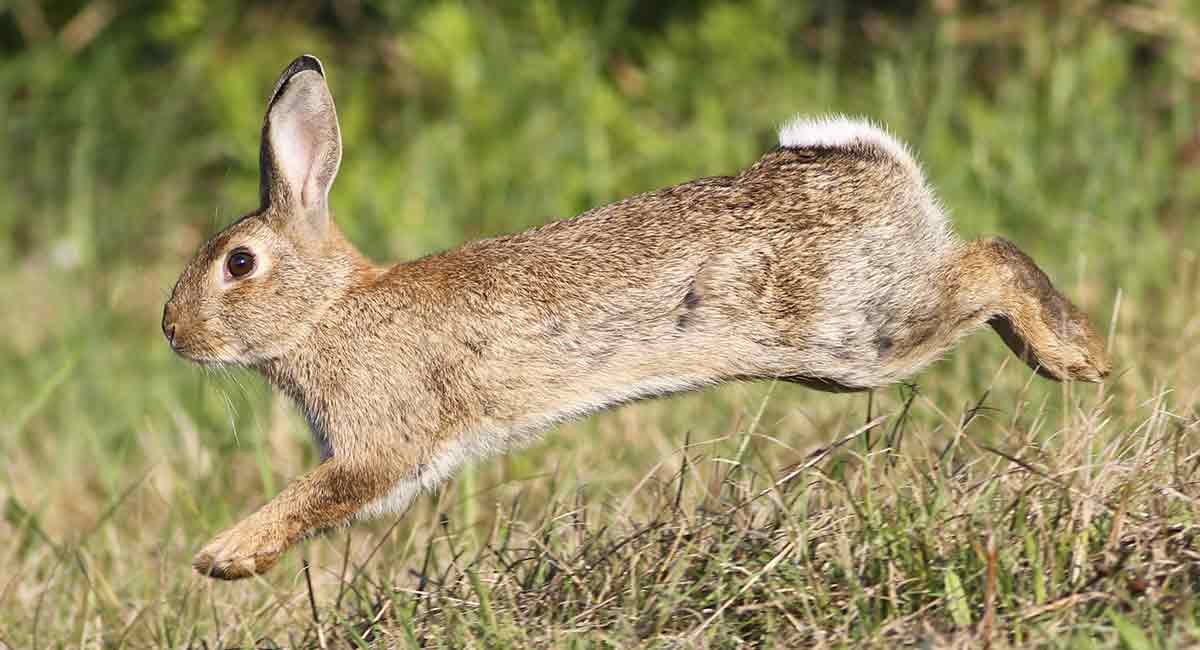All about rabbits
What you need to know.
Although a common sight in the British countryside, the rabbit is not native to the British Isles but was brought here by the Normans.
Initially they were kept and managed in purpose built warrens but soon spread to colonise our nation. This article is intended to give you some background information about rabbits, their biology, and habits.
Rabbits come into direct conflict with man because they eat our crops voraciously and have the capacity to increase their population very rapidly.
How rabbits breed
The rabbit breeding season starts early, as soon as the worst of the winter weather is over. Each adult doe may have five or six litters during the months from February to late September.
She is pregnant for only four weeks and mates again after each birth. With three to five babies in each litter, numbers can rise very fast.
Baby rabbits are naked and helpless but can survive on a single daily feed of their mother’s rich milk. She conceals them in a short blind burrow or ‘stop’ wrapped in a blanket of her own soft fur and visits them only to give them her milk, until they are capable of following her into the outside world at three to four weeks old.
The young rabbits are capable of independent existence just a couple of weeks later, by which time Mum already has a new brood to feed in another ‘stop’.
These highly social animals prefer to live and breed together in dry locations. They will tolerate damp, though the mortality rate for babies is high in wet conditions.
Rabbits as food
Not only are rabbits killed to protect crops, they are also an excellent source of lean, white, meat. Less fashionable today, rabbit was once the staple diet of many in rural Britain. Older rabbits can be very tough and the ‘bucks’ can taste rather pungent, but young females are tasty and nutritious.
Myxomatosis
In the 1950’s a virus called myxomatosis was introduced into the rabbit population and spread rapidly. Only a tiny proportion of rabbits survived and the once common mammal became extremely rare.
Over the next few decades the rabbit population gradually recovered and though numbers are knocked back each summer as outbreaks of myxomatosis reappear, the rabbit has now thoroughly re-established itself in many areas.
The return of the rabbit
Throughout most of South East England the rabbit is once more a common sight in fields and rural verges.
And rabbits are once more in conflict with man as they munch their way through his wheat fields, and forestry plantations, and entertain themselves in his vegetable patches.
If you are experiencing difficulties with rabbit, contact us on
01428 714031

